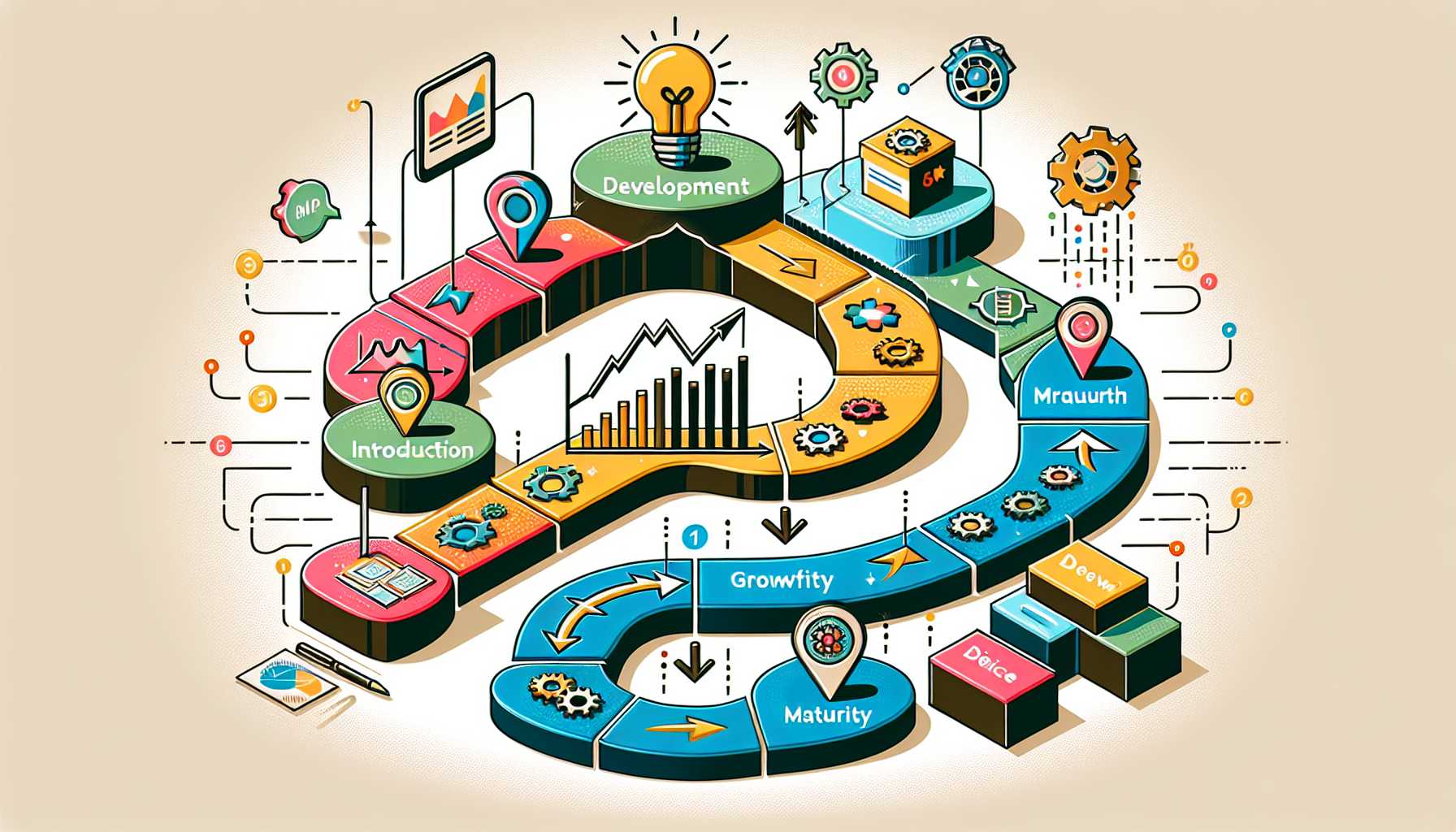Seasoned product managers, gather around as we delve into the art and science of managing product life cycles in the ever-evolving tech landscape. Drawing from my personal experience, I will share critical insights into navigating each phase of a product’s journey, from ideation to sunset.
Understanding the Lifecycle Phases
Every tech product goes through distinct lifecycle stages: Introduction, Growth, Maturity, and Decline. Recognizing which stage your product is in is essential for strategic planning. As a product leader in a leading mobile tech company, I learned that lifecycle management requires a keen eye to market dynamics and user behavior.
Introduction: Laying the Groundwork
The Introduction phase is all about laying a strong foundation. It involves rigorous market research, MVP testing, and early adopter acquisition. When we introduced an innovative IoT device, the focus was on educating the market and setting realistic sales targets to ensure smooth entry.
Growth: Scaling and Expanding
In the Growth phase, optimizing for scale is a must. This means refining user acquisition, expanding market reach, and iterating on product features based on user feedback. At a previous AI startup, we focused on scalability by strengthening our infrastructure and building a robust customer support system.
Maturity: Maximizing Profitability
As a product reaches the Maturity phase, maximizing profitability becomes the primary goal. We implement strategies like product line extensions, market segmentation, and cost control. For a mature SaaS product I managed, we launched add-on features that catered to niche markets, effectively boosting our revenue streams.
Decline: Innovate or Sunset
Technology moves fast, and the Decline phase can arrive sooner than expected. Pivot or sunset decisions are tough but necessary. I recall a cloud storage product I led that saw declining user numbers; we opted to pivot, revamping it entirely with new features, which ultimately led to a successful relaunch.
Product Lifecycle Strategies
Managing a product’s lifecycle requires specific strategies. Among these, portfolio analysis is key. By balancing products at different lifecycle stages, companies can ensure steady revenue streams. Another strategy is the use of lifecycle extension tactics, like product updates or entering new markets, which I found invaluable in sustaining the lifecycle of a mature software suite.
Customer-Centric Lifecycle Management
Placing the customer at the center of lifecycle decisions is critical. Continuous engagement and understanding customers’ evolving needs can give products an edge. User feedback directly influenced our roadmap during the lifecycle of a mobile app, allowing us to adjust our features to user needs and extend the product’s relevance.
Leveraging Data and Metrics
Measuring the right metrics and analyzing data allows you to make informed decisions throughout the product’s lifecycle. Key metrics such as customer acquisition costs, retention rates, and churn rates provide a quantitative understanding of a product’s health. At an e-commerce platform, we used these metrics to determine the best time to introduce new product categories, extending the lifecycle of our core product.
Continuous Innovation
A product lifecycle does not need to be linear. Continual innovation can breathe new life into a product. We applied this approach to a VR gaming console that was facing market saturation. By introducing breakthrough VR experiences, we revived interest and opened up new revenue opportunities.
Conclusion
Effective product lifecycle management can often be as dynamic as the tech products themselves. There’s a delicate balance between leading market trends and responding to them. The ability to navigate this balance comes from experience, instinct, and an unrelenting focus on the customer experience.
I challenge you, fellow product managers, to reflect on your current product lifecycle strategies. Are you proactive in each phase, or do you find yourself reacting to market pressures? How can you apply these insights to your products? Let’s continue the conversation and grow together. Share your thoughts and experiences below.

